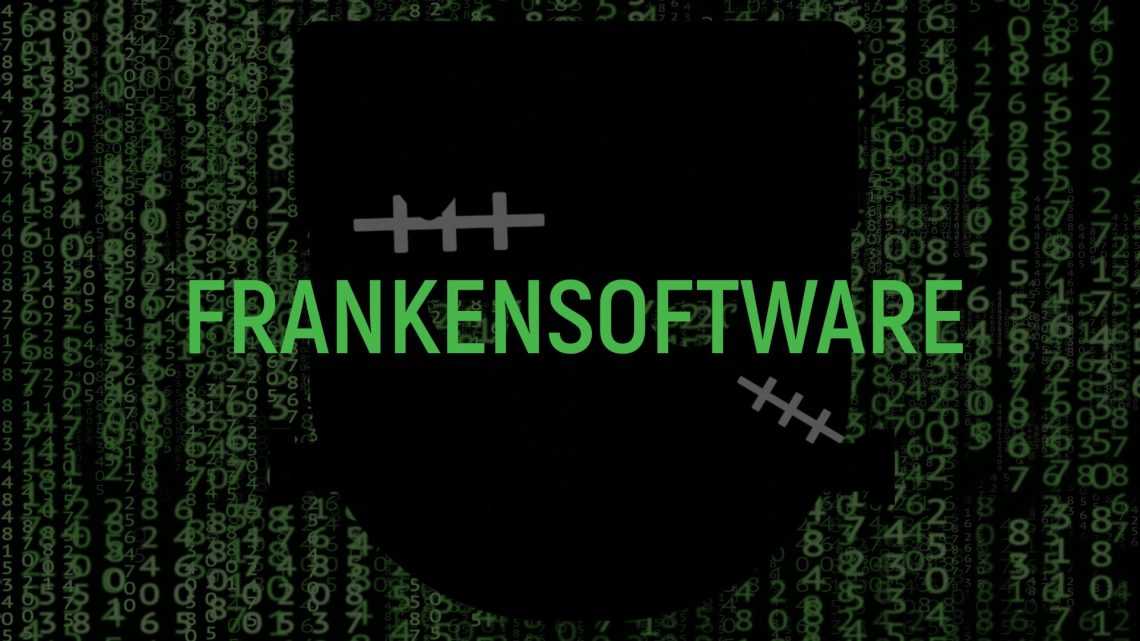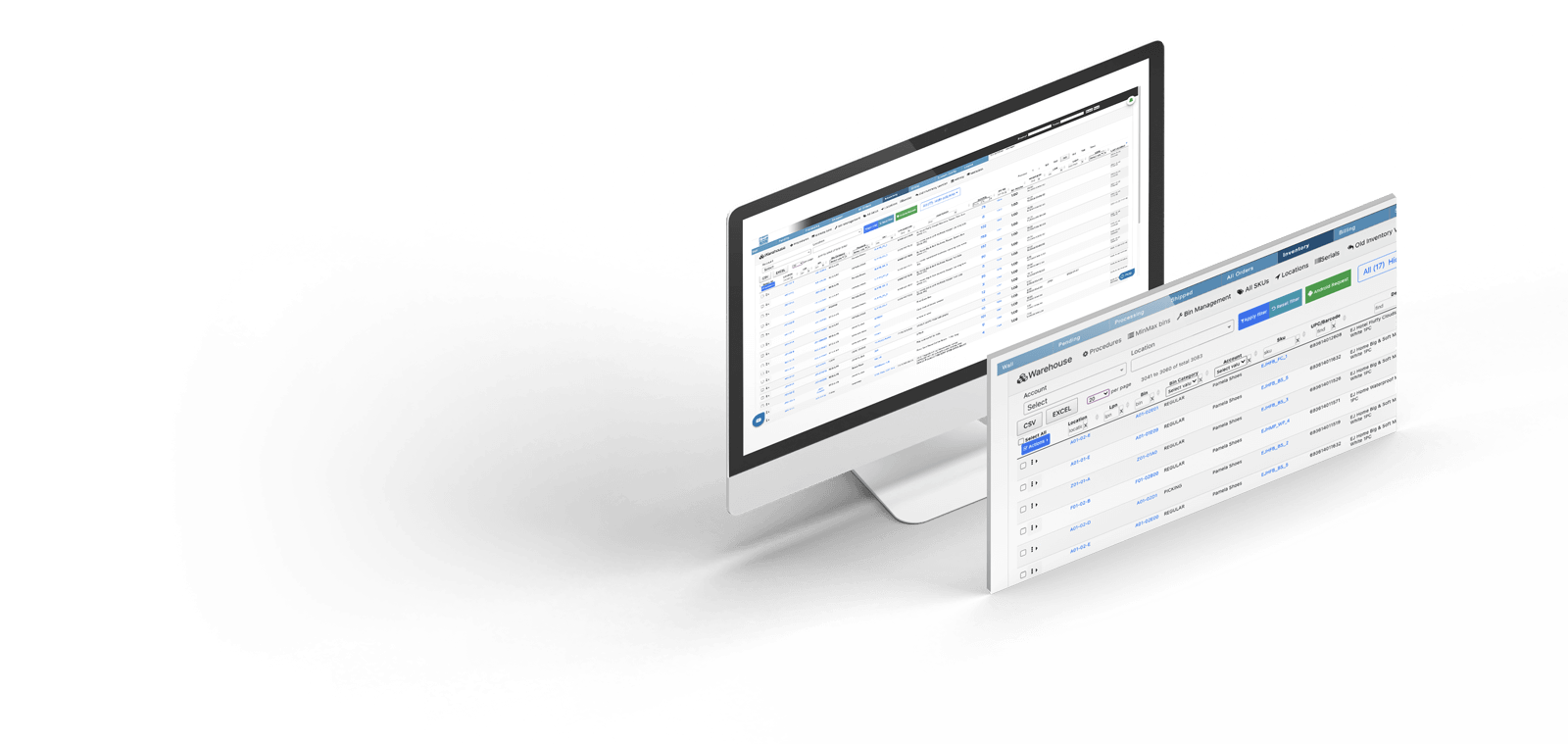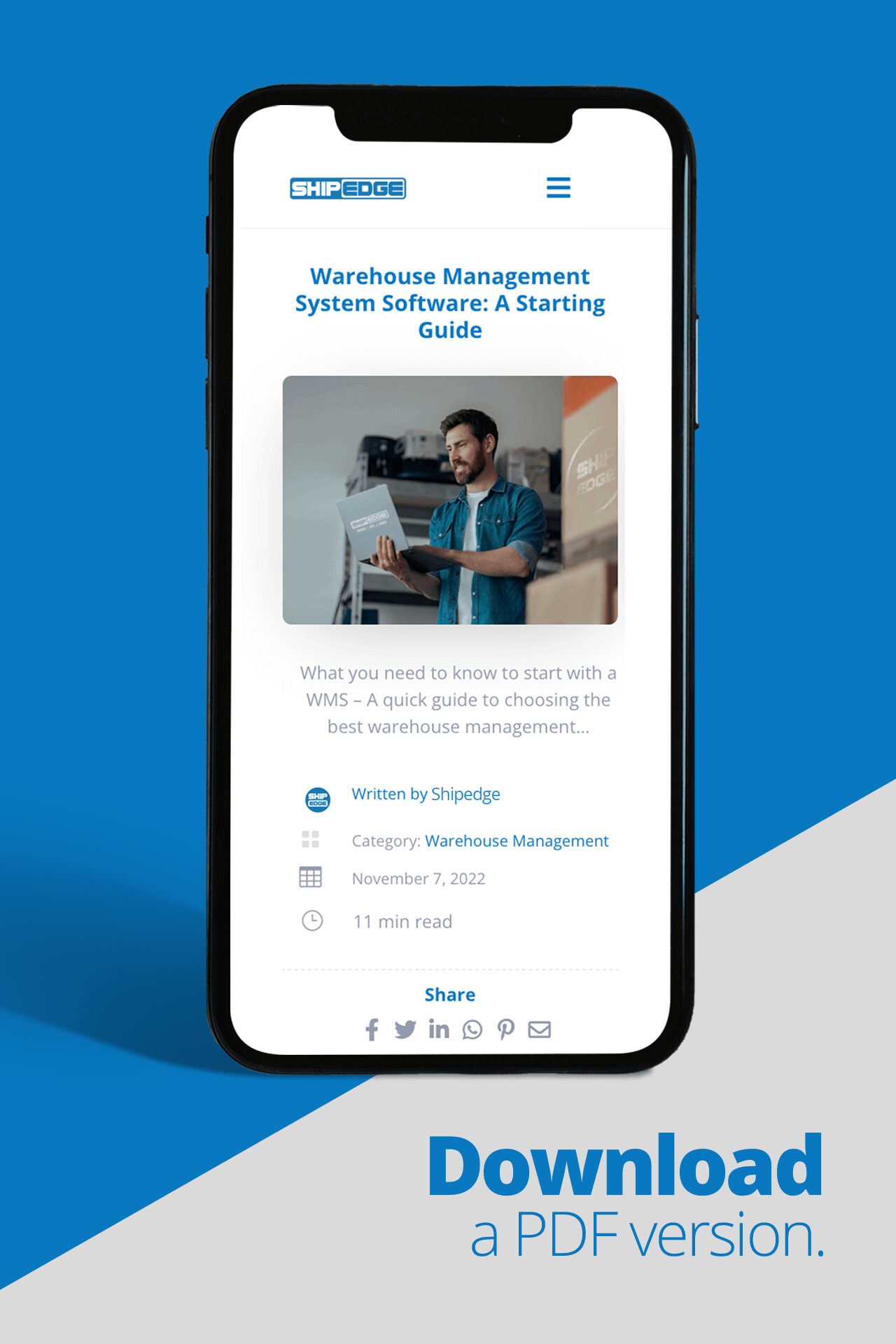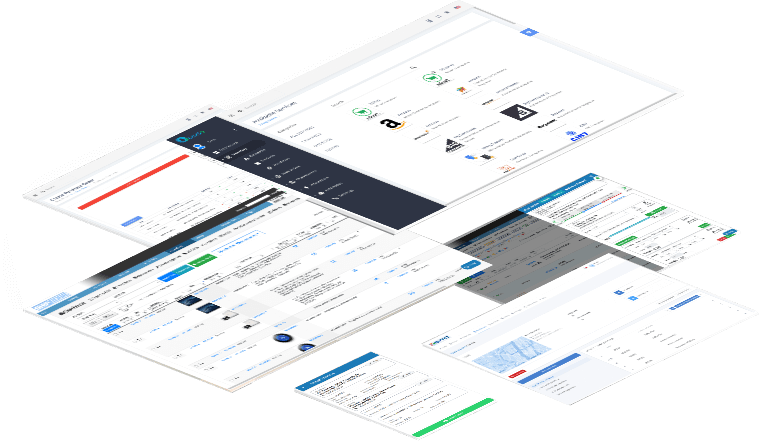Frankensoftware is a portmanteau (meaning it is a combination of the two words: Frankenstein and Software). We use it to mean, “stitched together software solutions”, but I think an example is in order.
Open your smartphone and what do you see? Apps. Applications are pieces of software that are generally not all-encompassing. For example – I have three messaging apps. I have a text app for texts, GroupMe for group texts, and WhatsApp for international texts. This is frankensoftware. I stitched together three pieces of software to handle all of my texting.
On the other hand, Facebook is a platform because it is self-contained (this is changing a bit, but generally speaking). Everything you post or do is linked to your profile. When you interact with another profile, you are doing it on Facebook. So, a platform is a hub.
Why Does Frankensoftware Exist?
Frankensoftware is the obvious by-product of the software boom. We have a lot of companies racing to commercialize competing products. The problem is that these pieces of software are specialized and thus feature shallow. For example, I have a great podcast app…but I can’t watch Netflix on my podcast app. For that, I need a different app…called Netflix.
This phenomenon is common across industries, but for B2B software it’s pervasive. Some warehouses have different providers for TMS, OMS, WMS, ERP, Labor Management, Shipping, and so on. But these different pieces of software need to communicate, which is becoming more difficult.
Why is Frankensoftware Going Out of Style?
There are two primary reasons why Frankensoftware is becoming obsolete. First, it’s unreliable. Let’s say you have seven software providers. If even one of your vendors releases a bad update, your entire operation comes to a screeching halt. If you’ve amassed these providers over time, chances are that some systems are built with antiquated code and data. So, your newest software doesn’t play well with your oldest software. That means errors and trouble.
Second, software companies are catching on. These organizations realize that the market is moving to the platform model. So, they are rapidly expanding their portfolios and trying to become feature-rich. This means your going to have to deal with errors and core competency fluctuation. Like it or not, all of your vendors want a bigger piece of the pie.
What to Do With This Information?
To be forewarned is to be forearmed. Only you know what to do with this information because only you know your business. This may not resonate with you, but keep it in the back of your mind. And watch what your technology partners are doing. Make sure you don’t get caught in the middle of two providers fighting for market share of the same feature. Finally, keep your search up as a form of due diligence. A lot will change over the next few years; so be prepared for the ebbs and flows.










0 Comments